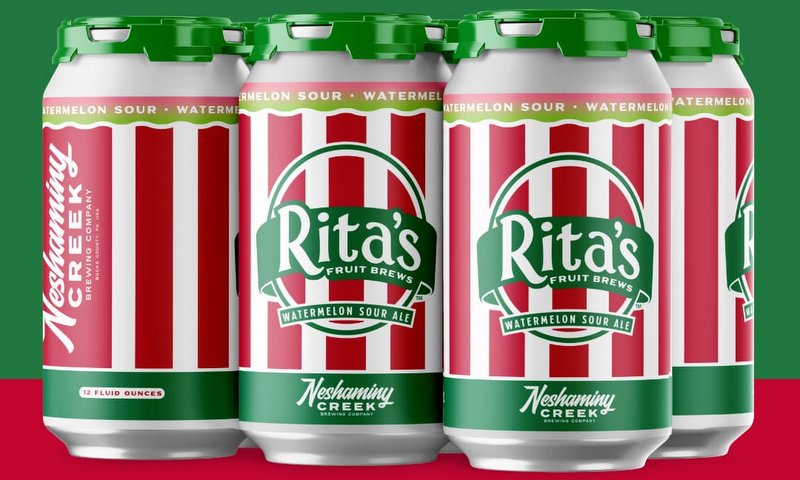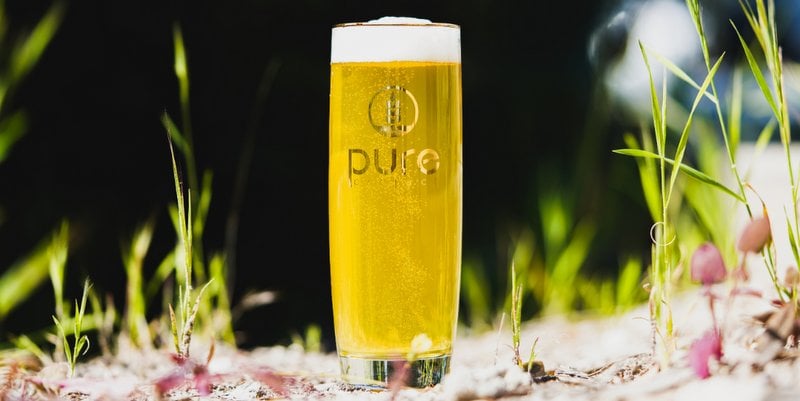Do you remember Four Loko? I guess I forgot. Its combination of caffeine, alcohol and shady marketing got the Chicago-based company in hot water a ways back (tho they’ve dropped the caffeine, taurine and guarana since). In fact, I actually drank a Four Loko once, but what I remember more is that second Four Loko that stayed in my fridge for two years after that. It just wasn’t my thing — sweet and energizing. I’m more bitter and lethargic.
Why do I bring up these exciting stories from my past? Why the folks at Phusion Projects (who own Four Loko) sent over this cool infographic below on booze and money. The company turned to Digital Third Coast for the project, which does awesome work, so it naturally turned out quite interesting (see below). And hey, Four Loko, it’s good to see you guys and gals still out there kicking life in the dick with those behemoth 23.5-ounce cans of malt insanity (some of which now top off at an impressive 14 percent ABV). Cheers!
The info below was provide by Andy Kerns, content strategist at Digital Third Coast, partnered with Four Loko.
Alcohol Beverage Industry: Economic Impact
From casual social outings to celebratory events, alcohol is frequently part of our lives. While the culinary and cultural value of these drinks is commonly emphasized, the economic impact is often forgotten. Alcohol plays an enormous role in our economy. In the U.S. alone, the alcohol beverage industry is responsible for sustaining more than 4 million jobs and generating almost $70 billion in annual tax revenue. And that doesn’t scratch the surface of the economic benefits the alcohol industry provides to late night restaurants and pizza shops.
CLICK ON THE INFOGRAPHIC TO READ THE SMALL PRINT

Make no mistake, these numbers are significant. The taxes derived from your happy-hour cocktail, fine wine, or tailgate beer generates a surplus of revenue for federal, state, and local governments. From there, the money can be applied toward various social service programs and public organizations that improve your quality of life. For example, tax revenue from alcoholic beverages could be applied toward research and development for science and medical issues, like those studied at the National Institute of Health (which has an annual budget of $32 billion).
It takes nearly 4.4 million people collectively to satiate America’s collective thirst. That’s more jobs than active U.S. military service members (1.3 million), or the total number of firefighters, police officers, physicians, and lawyers combined (2.5 million) in the U.S. Per the Beer Institute, the beer industry alone supports 1.75 million jobs. From the farmers harvesting the barley in your beer, to the beer truck driver, to your local bartender, every aspect of your drink exists because of someone in the alcohol industry working hard behind the scenes.
The positive economic impact of alcohol is something you seldom consider when having a drink, but, given the facts, maybe it’s time we all raise a glass to it.
Sources:





Leave a Reply
You must be logged in to post a comment.